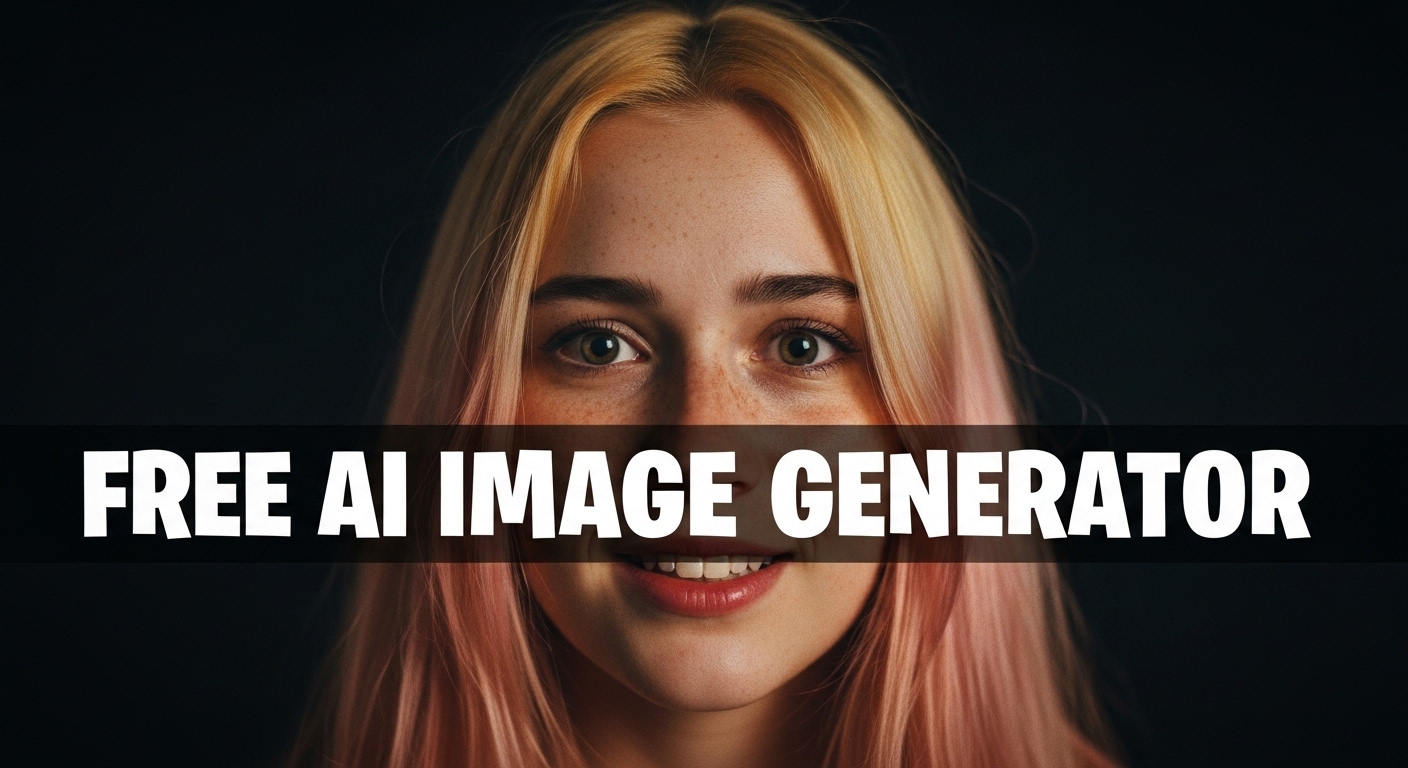1960S Image Generator
1960S Image Generator is a free online tool to generate 1960s style images. The tool is free to use, just enter prompt in 1960s style and generate 1960s image style in seconds similar quality to flux, midjourney, open ai, imagen, nano banana AI image quality.
Generate 1960S AI Image for Free
What is a 1960s Generator?
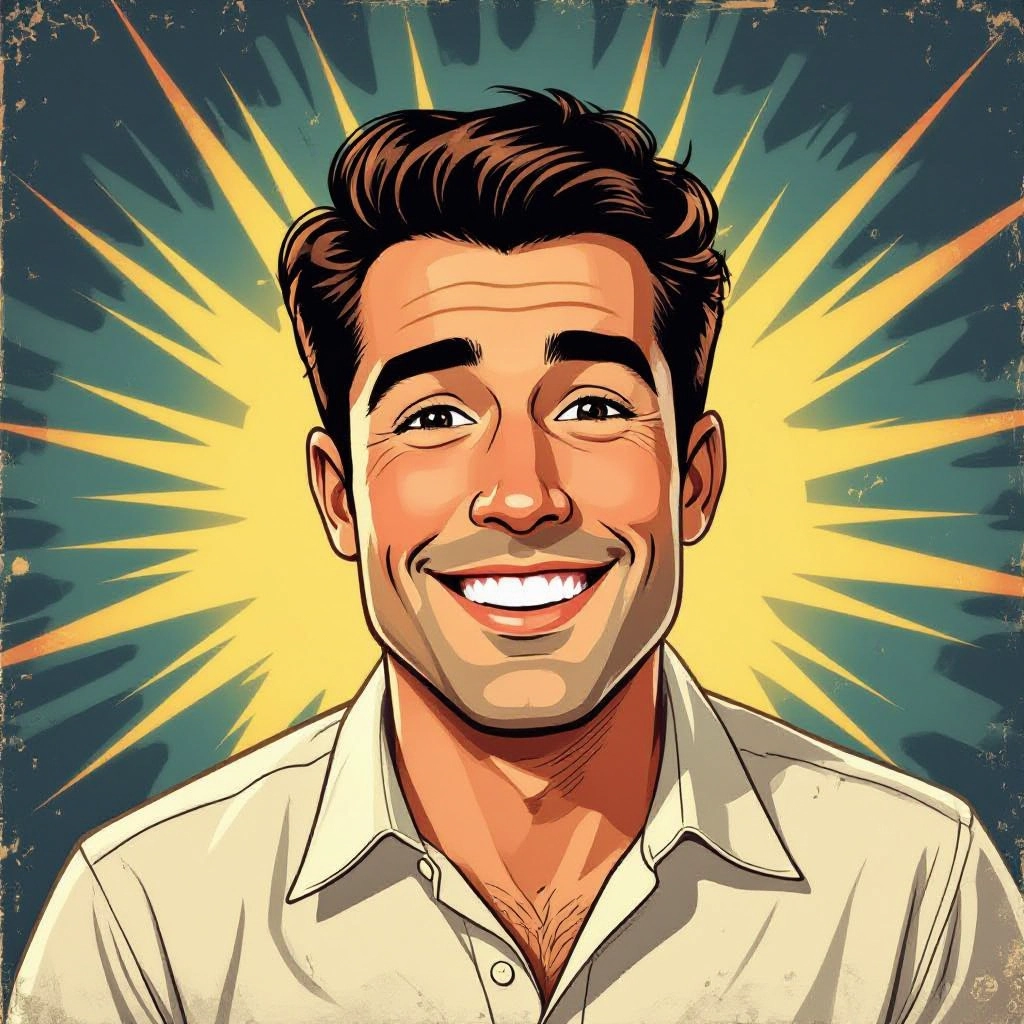
A 1960s generator is an AI image tool trained to recreate visual cues and production techniques from the 1960s era. It synthesizes characteristics like Kodachrome color shifts, warm film grain, high-contrast black and white, mod patterns, psychedelic color gradients, midcentury typography, and period-specific props such as VW vans, rotary phones, and vintage motorcycles. The model combines stylistic elements from 1960s advertising, magazine photography, concert posters, and documentary footage to produce images that feel authentic to the decade.
Designers, musicians, filmmakers, historians, educators, and social media creators use the generator to produce era-accurate visuals for album covers, retro ads, set design concepts, archival style mockups, and classroom materials. Marketers use it to craft 60s themed campaigns, while independent artists and hobbyists use it to experiment with psychedelic palettes, mod fashion shoots, and midcentury modern interiors without needing vintage equipment or film processing.
How to Create 1960s Images
Start by choosing a clear subject and 1960s substyle, for example mod London streetwear, American diner scene, or psychedelic concert poster. Next write a concise prompt that specifies era features: film stock (Kodachrome, Tri-X), color palette (mustard, avocado, teal), lighting (hard midday sun or tungsten studio), composition (centered portrait, wide chrome cars), and any props or clothing details. Finally generate and refine: run the model, review grain, contrast, and color temperature, then iterate with adjustments to prompt, aspect ratio, and resolution until the image matches the intended 1960s look.
Enter AI 1960S Prompt
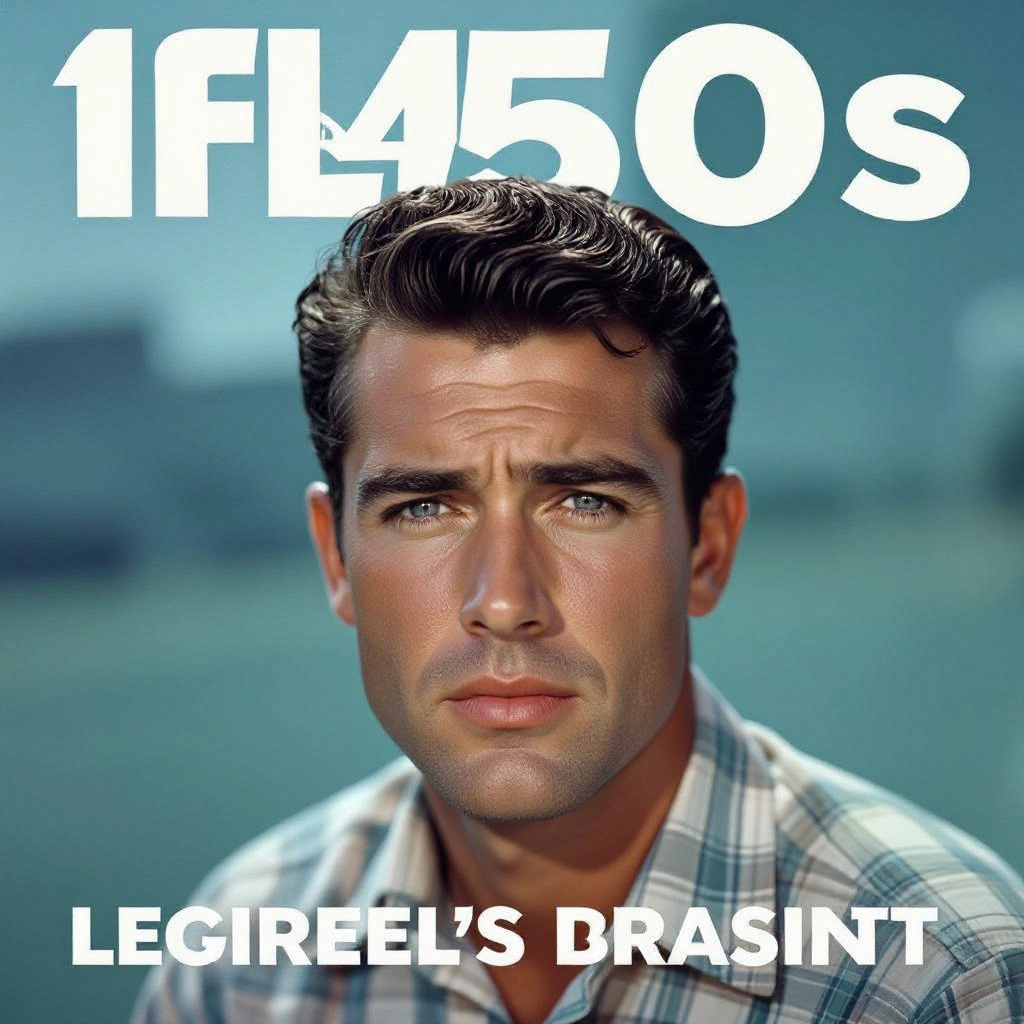
Type your 1960s character or scene description in the prompt box. Include details like character appearance, clothing, expressions, and setting to get better AI 1960s results.
Choose AI Model Settings
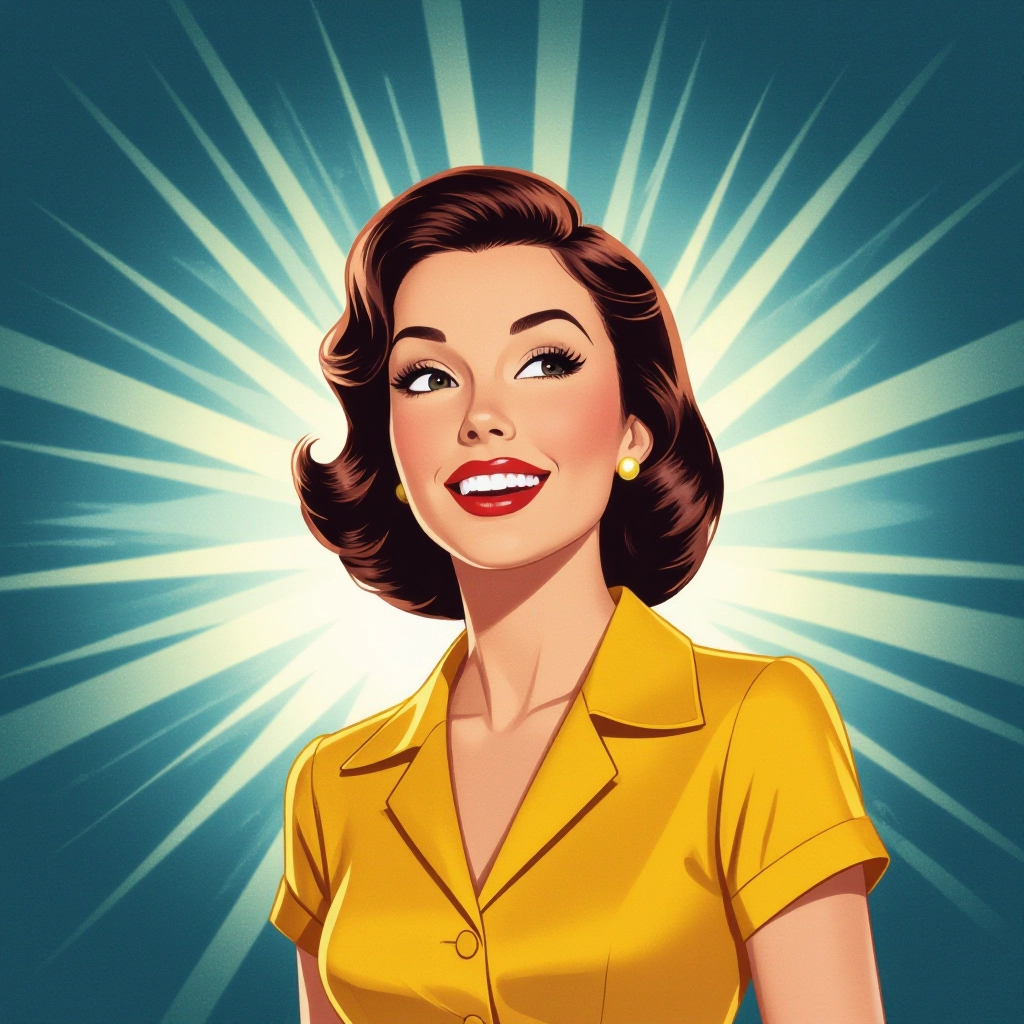
Select your preferred image size and aspect ratio. Our AI model delivers professional quality comparable to:
- • Flux AI Quality
- • Midjourney Standard
- • OpenAI DALL-E
- • Google Imagen
Download AI 1960S Image
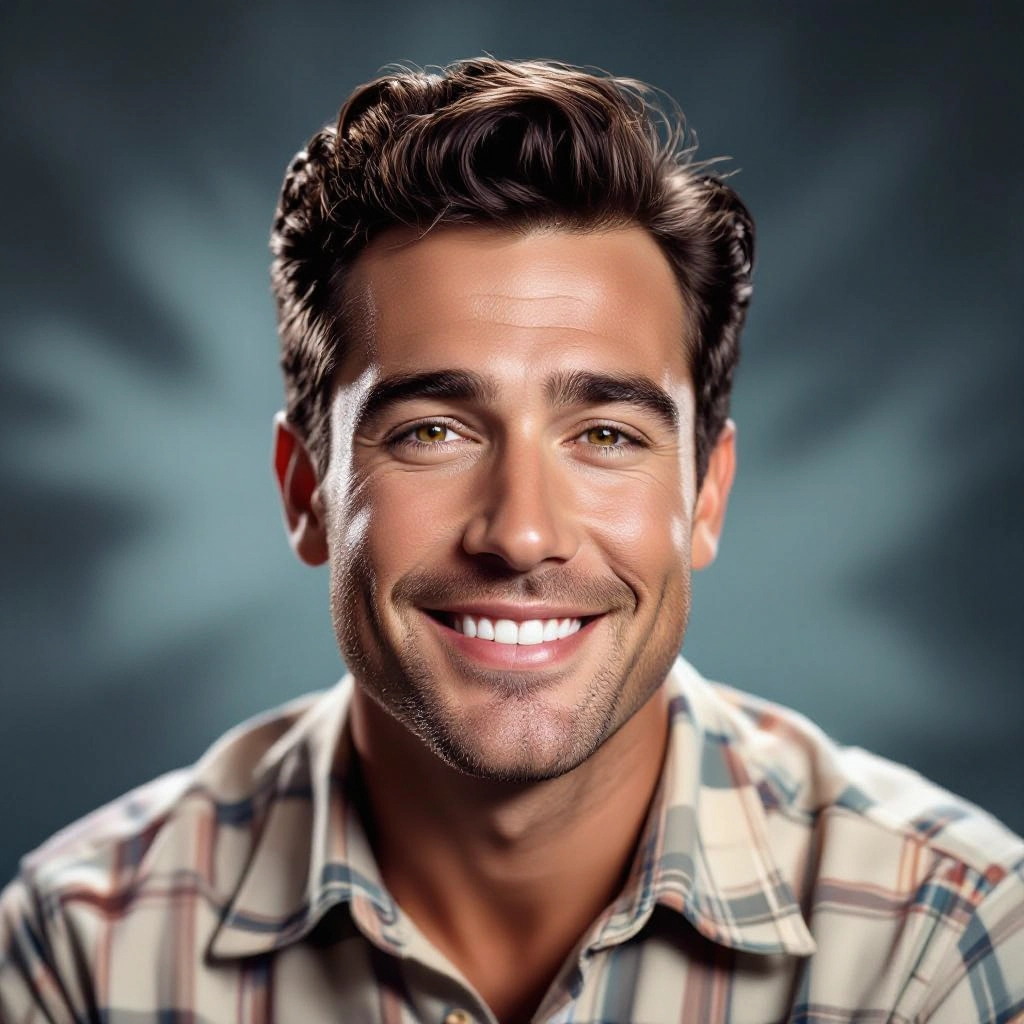
Once your AI 1960s image is generated, click the download button to save it to your device. The image will be in high quality format ready for use.
Features of AI 1960s Image Generator

Authentic Film Grain Emulation
Recreates the texture and grain patterns of popular 1960s film stocks like Kodachrome and Tri-X, including subtle scratches, halation, and scan-like artifacts for believable period authenticity.
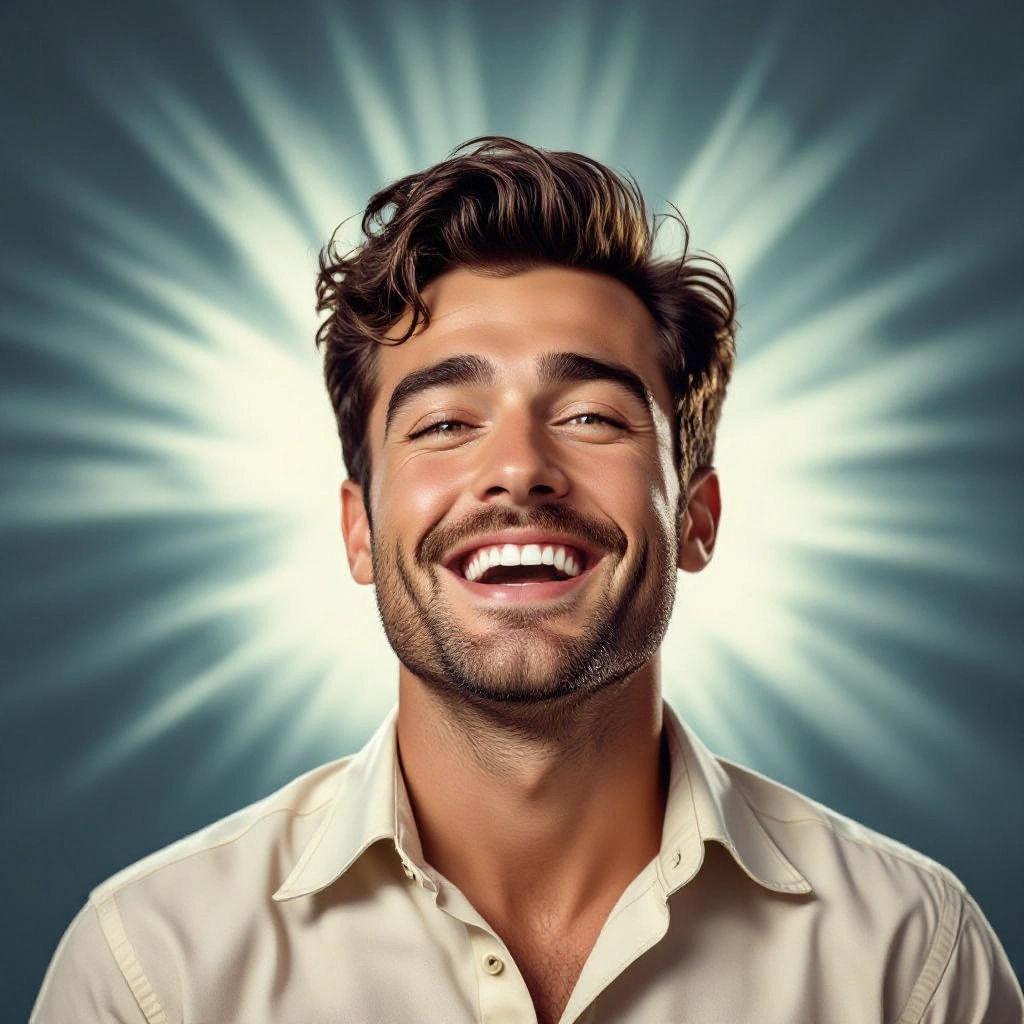
1960s Color Palette Presets
Includes curated palettes from the decade: psychedelic neons, earthy midcentury tones, diner chrome highlights, and washed pastel advertising tones to match different 1960s moods.
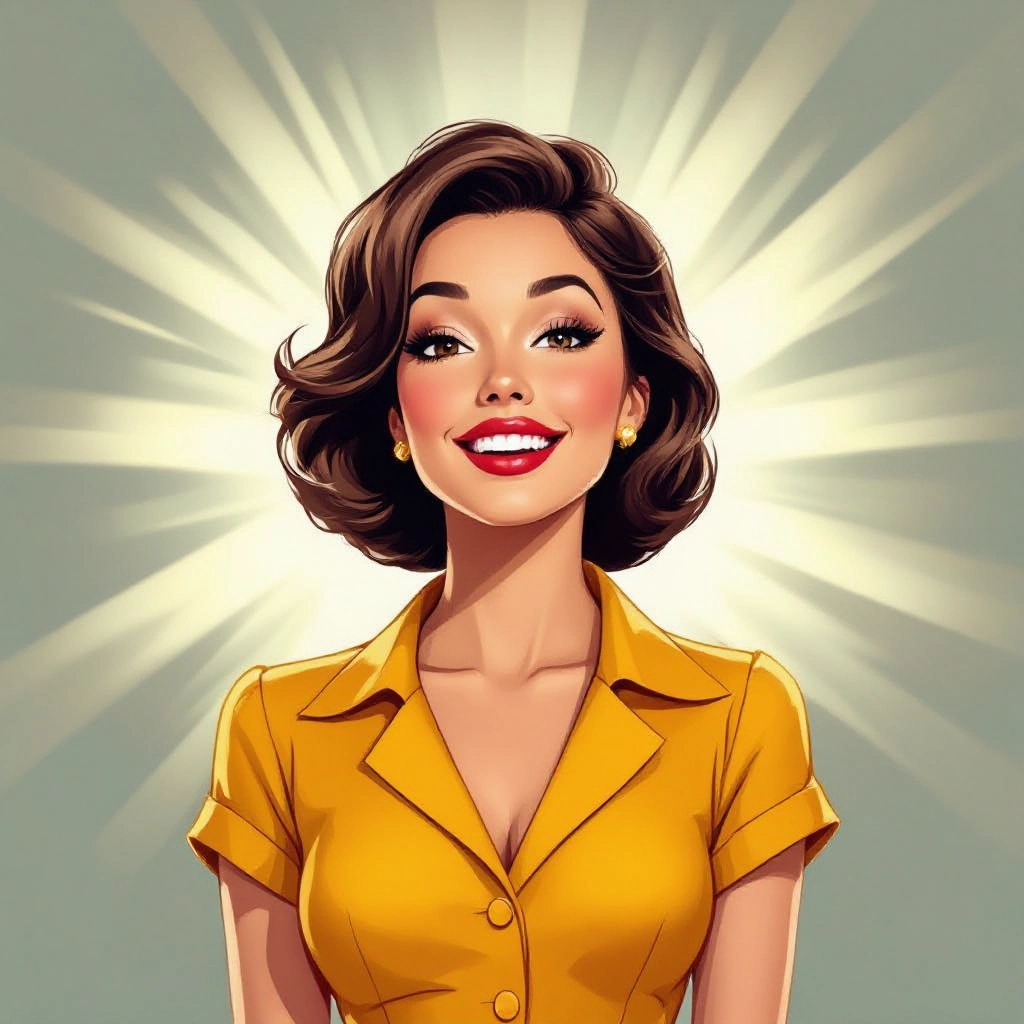
Period Typography and Layouts
Generates layouts and type treatments influenced by 1960s designers, with options for bold sans serif headlines, groovy display fonts, and magazine-style editorial compositions.
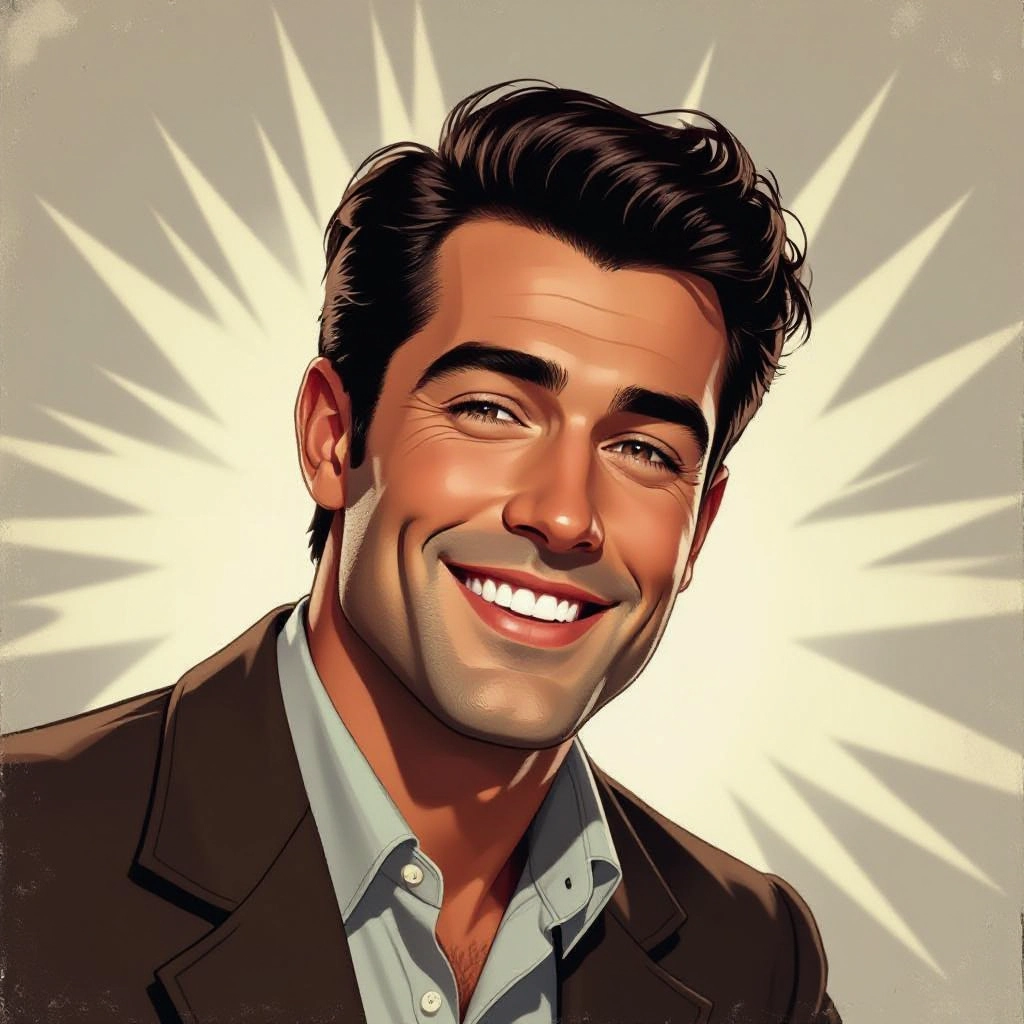
Style-Specific Filters and Textures
Apply filters tuned to recreate concert poster inks, screen printed halftones, newspaper dot patterns, and aged paper textures that were common in 1960s print media.
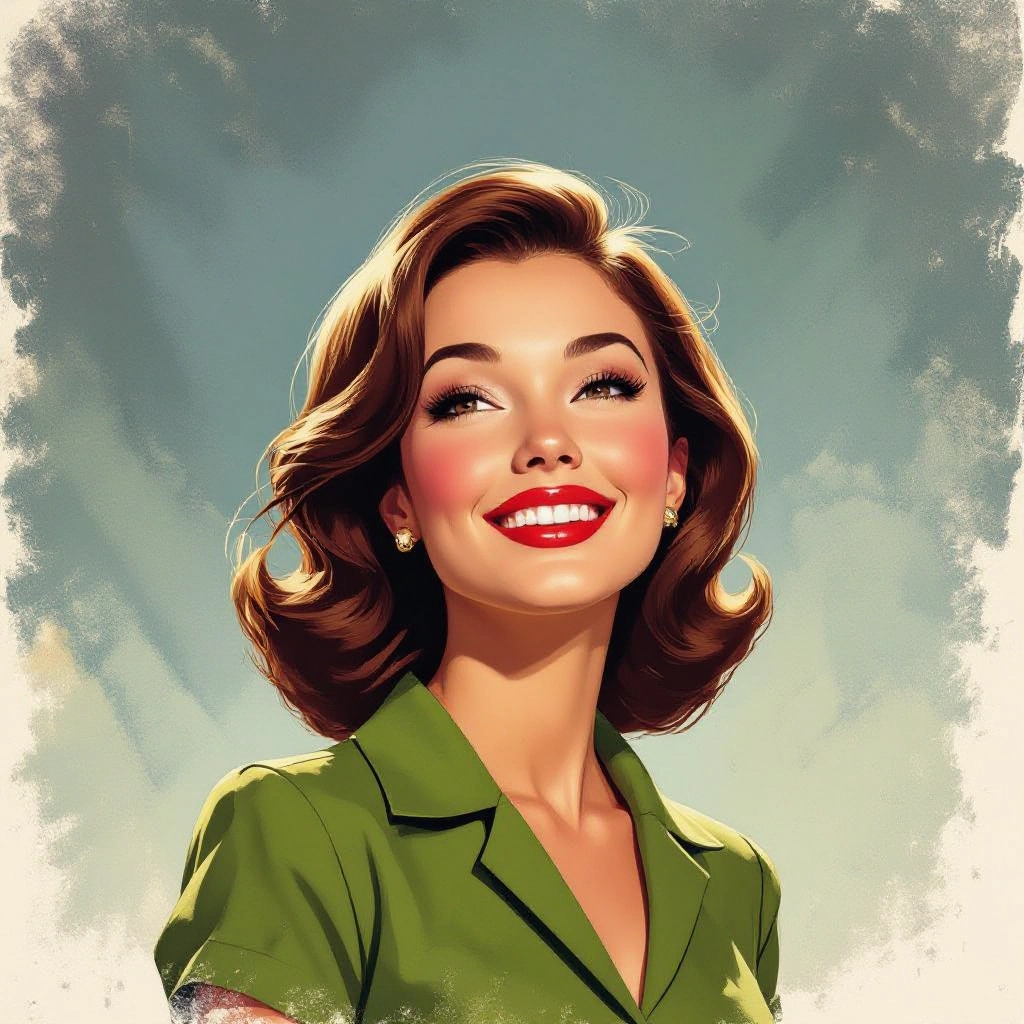
High-Resolution Vintage Output
Produce high-resolution images suitable for print and digital use while preserving the imperfection and analog feel associated with photographs and posters from the 1960s.
Types of AI Powered 1960S Style Images
The 1960s encompassed diverse visual movements. Use these targeted style variations to generate images that reflect specific cultural moments, from swinging London fashion to American road trip photography and psychedelic art.
Mod London Street Style
Sharp tailoring, geometric patterns, high-contrast black and white or cool-toned color photography inspired by Carnaby Street clubs and boutique fashion shoots.
American Diner and Route 66
Warm Kodachrome tones, chrome reflections, neon signage, classic cars, and candid road trip compositions evoking the American open road and 60s car culture.
Psychedelic Concert Poster
Vibrant saturated gradients, hand-drawn lettering, kaleidoscopic patterns, and surreal iconography that mirror late 60s poster art for bands and underground venues.
Midcentury Modern Interior
Muted earth tones with pops of teal and mustard, minimalist furniture silhouettes, starburst clocks, and natural light compositions used in magazine spreads.
Documentary Civil Rights Aesthetic
Grainy black and white photography, high dynamic range contrast, and documentary framing that convey realism and historical urgency of 1960s social movements.
Noir and Spy Film Stills
Moody shadows, dramatic lighting, and cinematic framing reminiscent of 60s espionage cinema and film noir revival scenes.
Applications of AI 1960s image style
Retro Advertising and Branding
Create campaign visuals that borrow 60s motifs for nostalgic product launches, packaging mockups, and brand collaborations targeting vintage aesthetics.
Album Art and Promotional Posters
Design record covers and gig posters with psychedelic colors, period typography, and era-accurate textures for musicians seeking a 60s vibe.
Film Previsualization and Storyboards
Generate reference stills for costume, set, and color grading decisions when planning films or series set in the 1960s.
Historical Education and Exhibits
Produce illustrative images for museum displays, classroom materials, and interactive timelines that require visually faithful 1960s representations.
Social Media and Content Creation
Craft shareable retro visuals for social feeds, filters, and themed content that leverage the instant recognizability of 60s style.
Restoration Reference and Creative Remixes
Use generated images as references to restore archival photos or to remix historical scenes with creative anachronisms while preserving era cues.
FAQs about AI 1960s image generator
Is the 1960s Image Generator free to use?
Yes, the tool is free to use for basic generation. Some advanced features like ultra high-resolution export or batch processing may require a paid upgrade or credits.
How do I get an authentic Kodachrome look?
Specify film stock and processing cues in your prompt such as Kodachrome, warm saturation, deep reds, and subtle halation. Use the film grain and color preset labeled 'Kodachrome 60s' and adjust exposure for punchy midtones.
Can I use the generated images commercially?
Commercial use depends on the platform terms and licensing. Many generators allow commercial use of images you create, but check the specific license and attribution rules before using images in paid projects.
How do I avoid modern anachronisms in the output?
Include explicit negative prompts or exclusions such as 'no smartphones, no modern cars, no digital watches' and emphasize period props, clothing, and signage to guide the model toward authentic 1960s elements.
What settings help recreate concert poster halftone printing?
Apply the screen print or halftone texture filter, limit the color palette to 3 to 6 spot colors, increase edge contrast, and add subtle paper texture to evoke screen printed posters of the late 60s.
How can I make subject clothing and props accurate to the decade?
Describe specific garments and items by name, for example 'A-line miniskirt, go-go boots, slim lapel suit, rotary phone, transistor radio.' Mention fabric textures like tweed, vinyl, and sequins commonly used in the period.

Explore All Image Generators
More generators coming soon!
